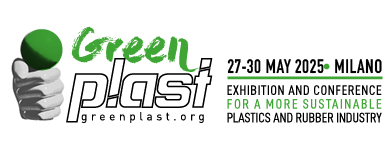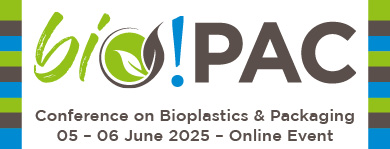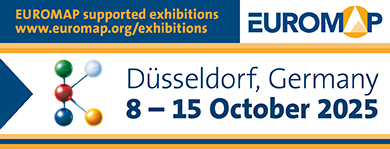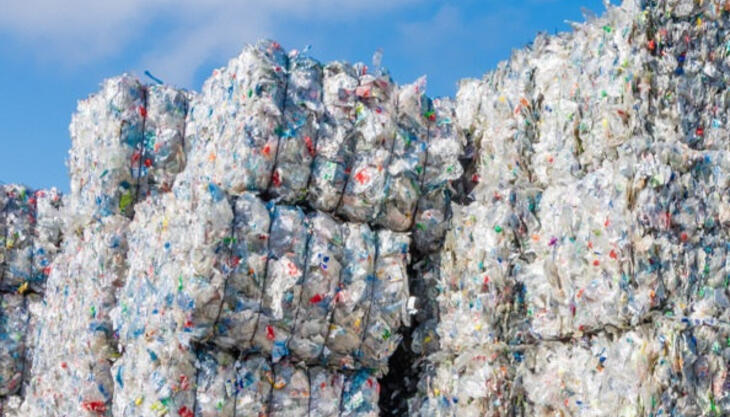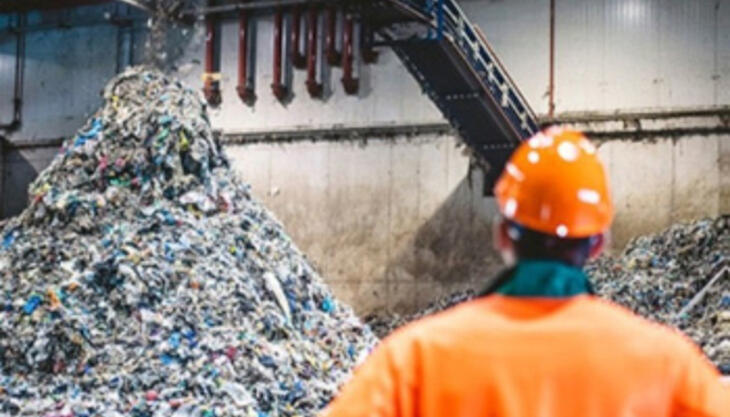CLP regulation came into effect

Plastics suppliers are being urged by the European Plastics Distributors Association (EPDA) to ensure they are compliant with the latest legislation for restricted substances, as the deadline approaches for SMEs to register existing chemicals used in production processes. EPDA - the voice of the European plastics distribution industry since 1973 - says the latest Classification, Labelling and Packaging (CLP) regulation came into effect on June 1, 2015. Related to the plastic industry, from this date plastic resin suppliers are required to provide a safety data sheet for a substance, or a mixture classified as dangerous according to the Dangerous Preparations Directive. Tightening restrictions to include mixtures is to ensure suppliers communicate enough information along the supply chain to allow safe use of their products. An enormous number of goods must now be re-labelled to comply with CLP, including consumer items such as paints or detergents, as well as industrial mixtures. Like the CLP directive, unambiguous substance identification is a prerequisite to most of the European Union’s REACH regulation, which is being phased in over 10 years to improve the protection of human health and the environment from the risks that can be posed by chemicals. The European Chemicals Agency (ECHA) has adopted a REACH Roadmap to ensure all potentially hazardous chemicals, including new substances and those imported from outside the EU, are registered, culminating with the May 31 2018 deadline for plastics companies that manufacture or import substances in low volumes, between 1 and 100 t/year. Larger suppliers have already been targeted by previous deadlines since 2008 during the registration process. This has resulted in an ongoing candidate list of potentially hazardous substances published on the ECHA website, which must be checked by plastics suppliers, before using new or imported materials in production. Billions of pounds of damages imposed on the tobacco industries in the United States and Canada are a powerful reminder of what can happen if potentially harmful substances, and the possible consequences for consumers, are not flagged up clearly and accurately by manufacturers. EPDA member Röchling Engineering Plastics’ engineers say the candidate list is growing all the time (currently 161 at time of writing) and while it might mean companies ditching materials currently used that were possibly once considered not to be dangerous, it could be a driver for future innovation by the European plastics industry. They state: “Companies will have to make sure that all the substances used in manufacturing are authorised by ECHA. However, while substances on the candidate list might not be banned because they are declared to be potentially toxic, then you should avoid them now and in the future and develop alternative substances. All big suppliers are planning for the raw materials that will be necessary after 2018. They are being developed or are in direct development to replace the substances of concern on the candidates list, but it is a very fluid situation and further substances will be added to that list over the forthcoming years. We as manufacturer of semi-finished products have the advantage that our products are classified as an “article” under the REACH regulation. We have therefore no obligation to register but the obligation of information and notification”. Once the EU registration process is successfully completed, EPDA hopes that the increased knowledge that suppliers gain of chemicals from the information in ECHA's database will enhance the competitiveness of the European plastics industry.




